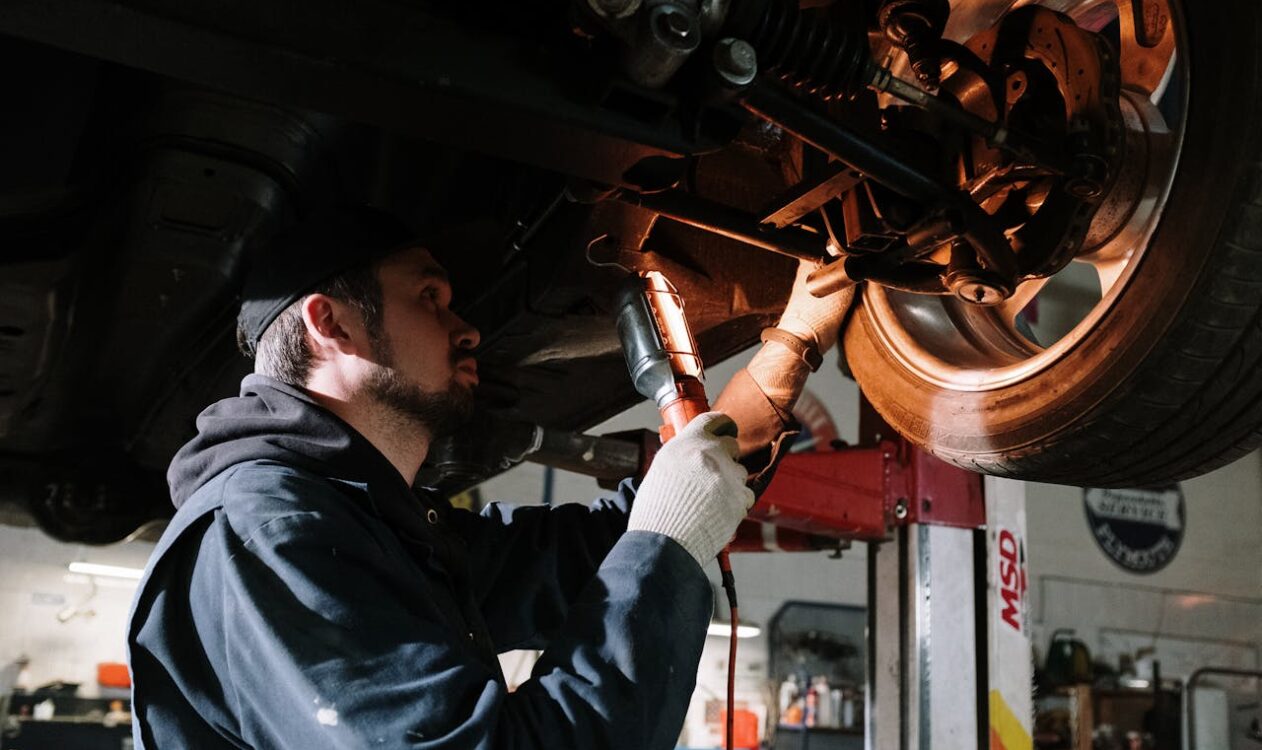The number 885,177. That is how many registered cars are in Kansas according to the Federal Highway Administration, and each has a value. What that value might be depends on many factors, one of the most important of which is whether that car has been in an accident. You can file a diminished value claim in the aftermath of an accident.
Understanding Diminished Value
Everyone knows that the moment you drive out of the car dealership’s parking lot, the value of your vehicle goes down. The longer you own the car and the more miles you put on it, the more its value will also be impacted. After you get into an accident, your car can be repaired, but in the eyes of potential buyers, it will never be “as good as new.”
When cars are repaired after an accident, those replacement parts might be used or not of the same value as the original manufacturer’s parts. Even with the factor parts, there will still be a lower value. The diminished value is the difference between your car’s worth before and after the accident.
Filing a Claim
One of the first considerations when filing a diminished value claim is who was at fault in an accident. You can only file that claim if the other motorist was at fault. That is because the diminished value is an attempt to make you whole. In other words, if the accident didn’t happen, your car would be worth a lot more.
According to Kansas law, the statute of limitations for filing a personal injury lawsuit is two years. That includes filing a diminished value claim. Keep in mind that you won’t be able to file that claim with your insurance company. You will need to file it with the insurance carrier of the motorist at fault for the accident. That is also known as a third-party claim.
Calculating the Diminished Value of a Car
When calculating a car’s diminished value, many insurance companies will default to the 17C formula. This was created after a lawsuit in Georgia established the concept of diminished value. Here’s how the formula works:
Step 1: Determine the Car’s Value
The calculation starts with the value of your car before the accident. Remember, this will never equal what you paid for the car because of the inherent depreciation. Most insurers will rely on the assigned value provided by the National Automotive Dealers Association. They will take into account the make, model, year, mileage, color, and general condition of the car.
Step 2: Formulate the Cap
The cap is the baseline number for the calculation. That would be 10% of the car’s pre-accident value. For instance, if your car is valued at $30,000, the cap would be $3,000. That is essentially the highest amount of money that an insurance company could pay for the diminished value of your car. However, they don’t stop the calculations there.
Step 3: Damage Multiplier
Next, you need to assign a damage multiplier to the cap. This is a number based on the level of damage your car sustained in the accident. These are the multiplier ratings:
- 00: Severe damage to the structure, such as destruction of the windshield pillars or the frame and rollover damage.
- 75: Major structural and panel damage, such as a bent axle and broken frame.
- 50: Moderate structural and panel damage, such as significant denting and airbag deployment.
- 25: Minor structural and panel damage, such as a fender and dented hood.
- 00: No structural damage or need for panel replacement, such as scratched paint, minor dents, broken side mirrors, and cracked/smashed headlights.
Suppose your car suffered moderate structural damage. You would multiply your cap by 0.50. A $3,000 vehicle x a 0.50 multiplier = $1,500.
Step 3: Mileage Multiplier
Finally, you have to adjust how many miles you have on your car. These are the mileage multiplier numbers:
- 1 for less than 20,000 miles (1 to 19,999 miles)
- 8 for less than 40,000 miles (20,000 to 39,999 miles)
- 6 for less than 60,000 miles (40,000 to 59,999 miles)
- 4 for less than 80,000 miles (60,000 to 79,999 miles)
- 2 for less than 100,000 miles (80,000 to 99,999 miles)
- 0 for more than 100,000 miles.
If your car has 40,000 miles, you take its damage multiplier and multiply it by the mileage multiplier. Using the previous example, it would look like this: $1,500 x .8 = $1,200. That $1,200 would be the diminished value of your car as far as the insurance company is concerned.
Challenging the Assessment
The more you work through the 17C formula, the less you will be owed. However, you don’t have to automatically accept the diminished value that the insurance company assigns to your car. From the insurance company’s perspective, a diminished value payout is like “double dipping.” You will already get the money for the repairs. The diminished value is a “bonus,” but, again, it is what you lost in value because of the accident, and insurers perceive it as what you should be due.
At Prochaska, Howell & Prochaska LLC, our Kansas car accident lawyers are equipped to handle injury cases that deal with complex insurance matters like diminished value claims. If you decide to work with our law firm, we’ll provide you with information about how best to negotiate with an insurance company for a fair diminished value. Call our firm to set up a consultation to discuss the options available to you. That first talk is always free and informative.








